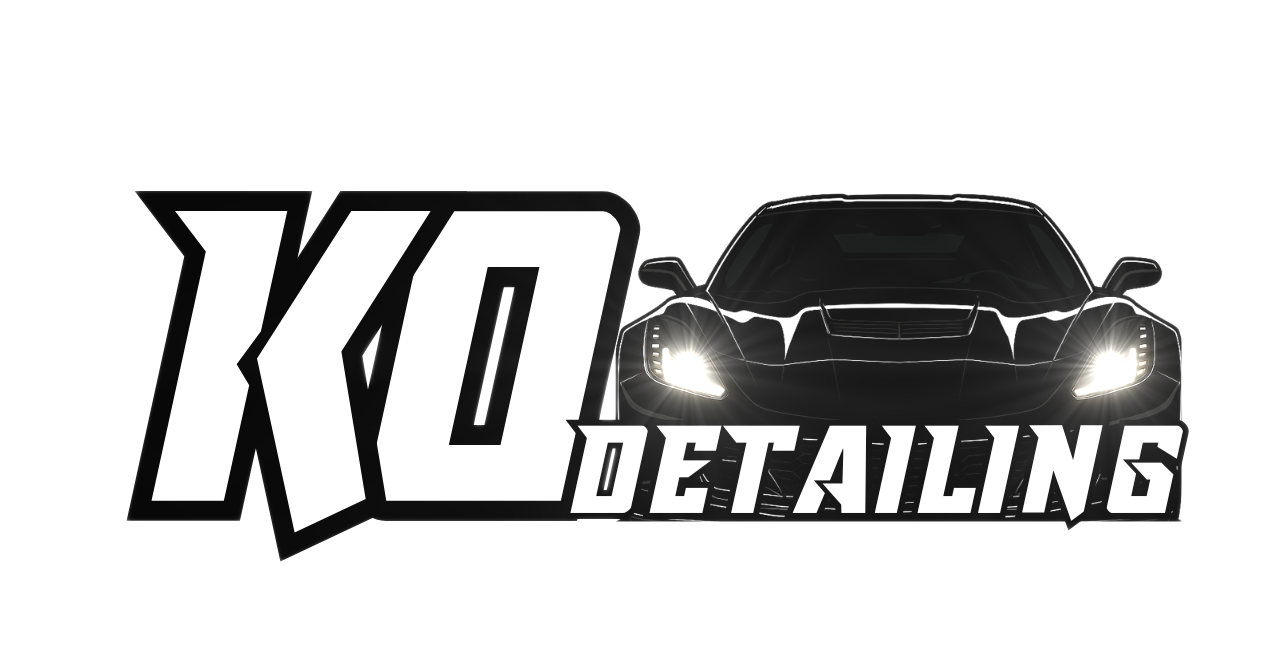
PAINT CORRECTION
Paint Correction Explained
Paint correction is the meticulous process of removing surface scratches, blemishes, and imperfections from a vehicle's paintwork. This procedure typically involves the use of advanced machine polishers along with a variety of high-quality polish products. When a vehicle has undergone thorough paint correction, it will exhibit a flawless finish; when viewed in direct sunlight, only the true reflections will be visible, while any swirl marks, scratches, or other imperfections will no longer be detectable to the naked eye. This results in a stunningly pristine appearance that enhances the vehicle's overall aesthetic appeal.
Stage 1 Paint Correction, or Single Stage Paint Enhancement, is a simple polishing process using one type of polish and pad. It's ideal for paint that is already in good condition, with no noticeable swirl marks and only minor imperfections. This method refines the paint with a finishing polish and pad, which typically does not remove swirl marks or scratches. After polishing, a wax or paint sealant is applied for protection.
Stage 2 Paint Correction is for cars with moderate swirl marks and light scratches. It uses two types of polish and pads. First, a cutting polish or compound removes imperfections like swirl marks and light scratches. Next, a finishing polish and pad refine the paint by eliminating any marks left from the first step. Finally, a wax or paint sealant is applied to protect the paint.
Remember, while paint correction significantly enhances your car's overall appearance and aesthetic appeal, it is important to note that it may not achieve a completely flawless finish. The main aim of this process is to improve the paint's quality and clarity, making it look refreshed and revitalized.
A one-step paint correction (Stage 1) can enhance a car's finish by removing 50% to 70% of surface flaws, such as swirls, minor marks, and light scratches, improving appearance and preserving paint integrity longer.
A two-step paint correction (Stage 2) process usually removes approximately 85% to 95% of various surface damage and imperfections, resulting in a significant improvement in the overall appearance and finish of the vehicle’s paint.
